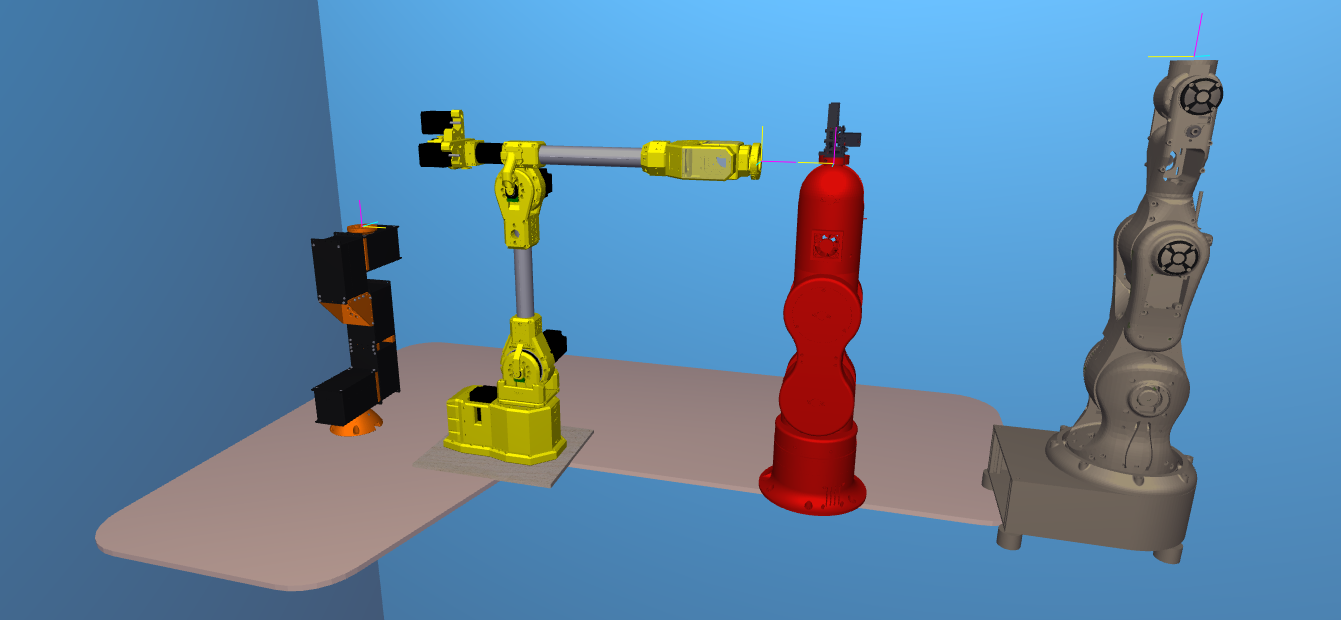Friday Facts 14: All the Sixi robot arms so far (demo at end)
Discord user Wted00 said “You talk about Sixi 3 a lot. What ever happened to Sixi 1 and 2?” Great question, long answer. This video covers robot arms before Sixi and then all three models of the current brand, along with interesting things learned along the way. Plus stick around for movement demos at the end.















